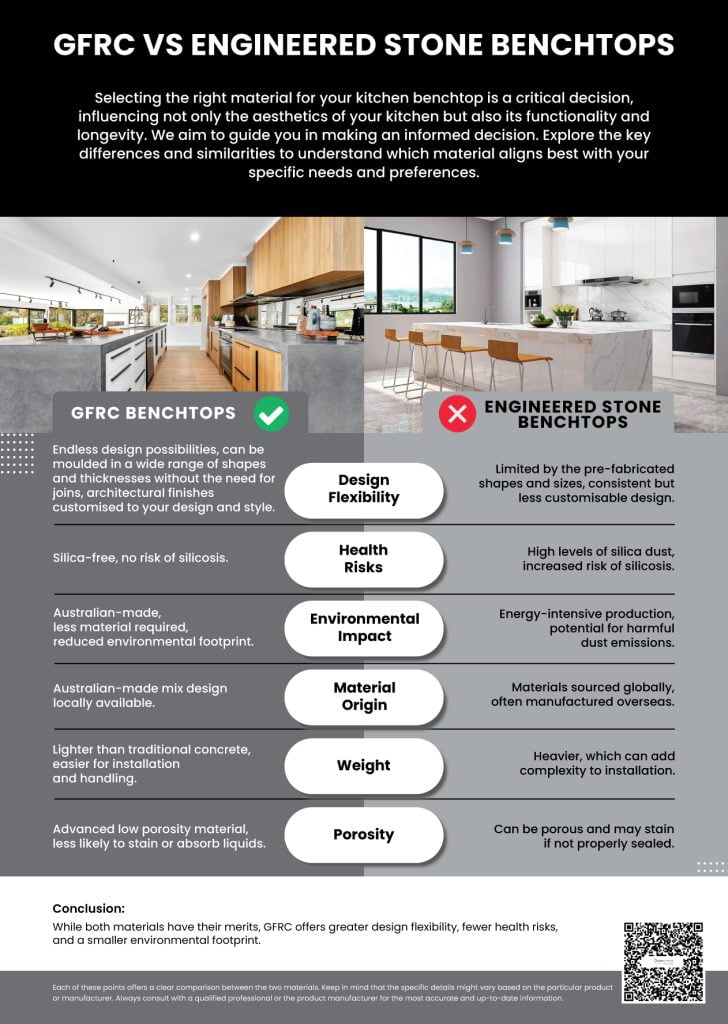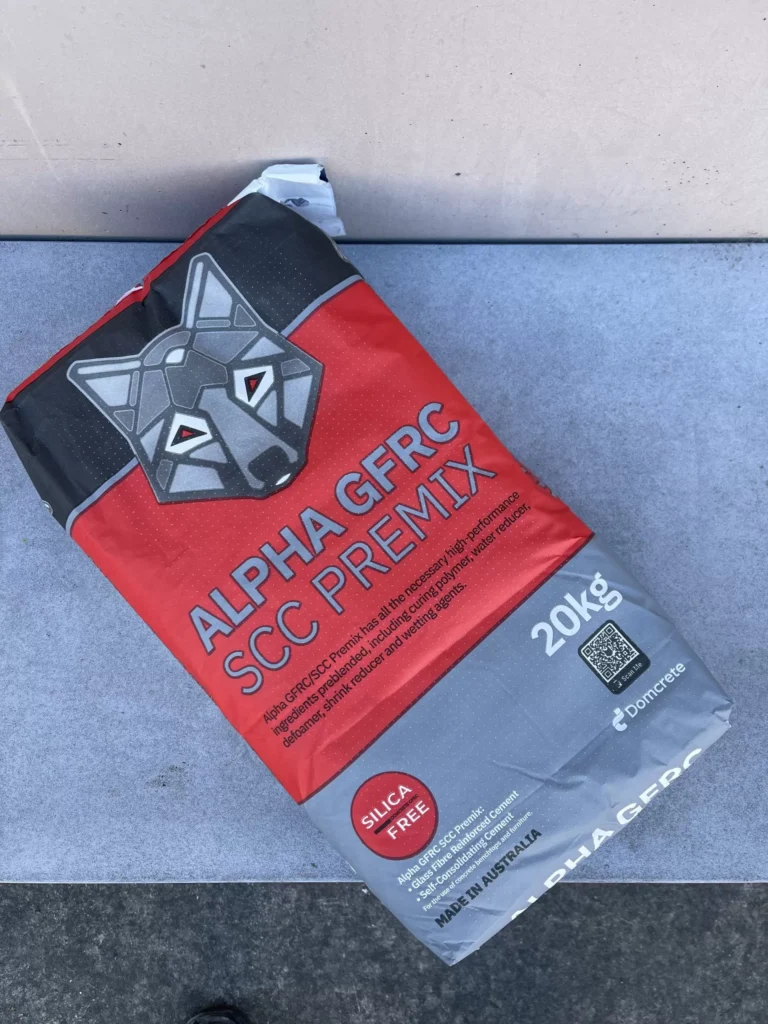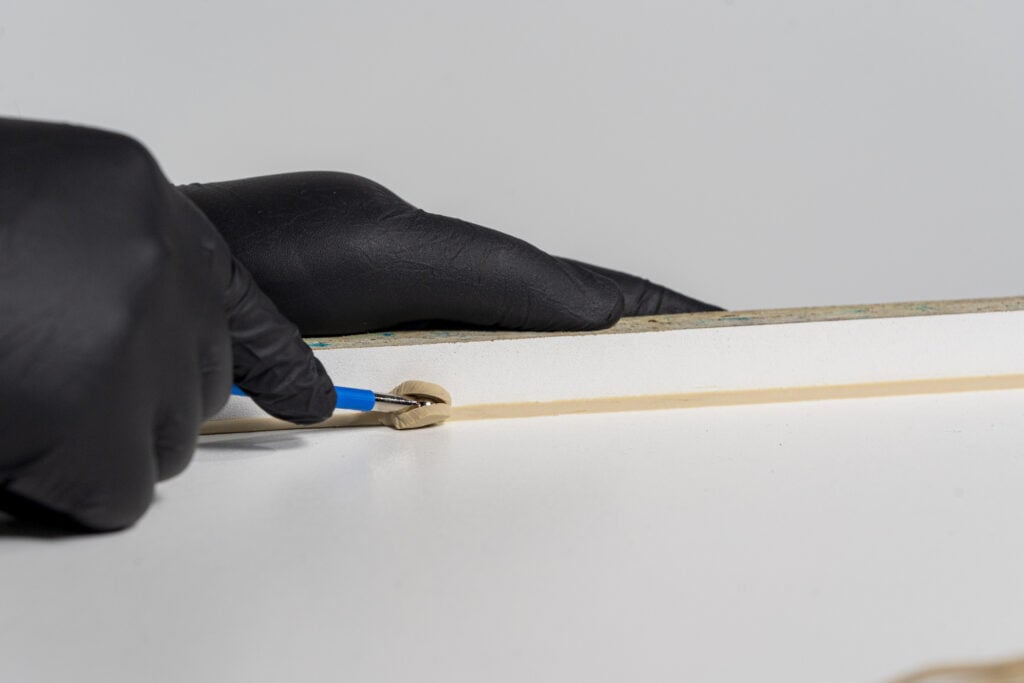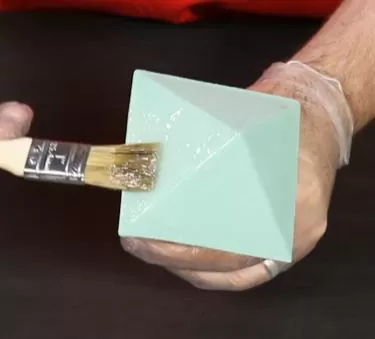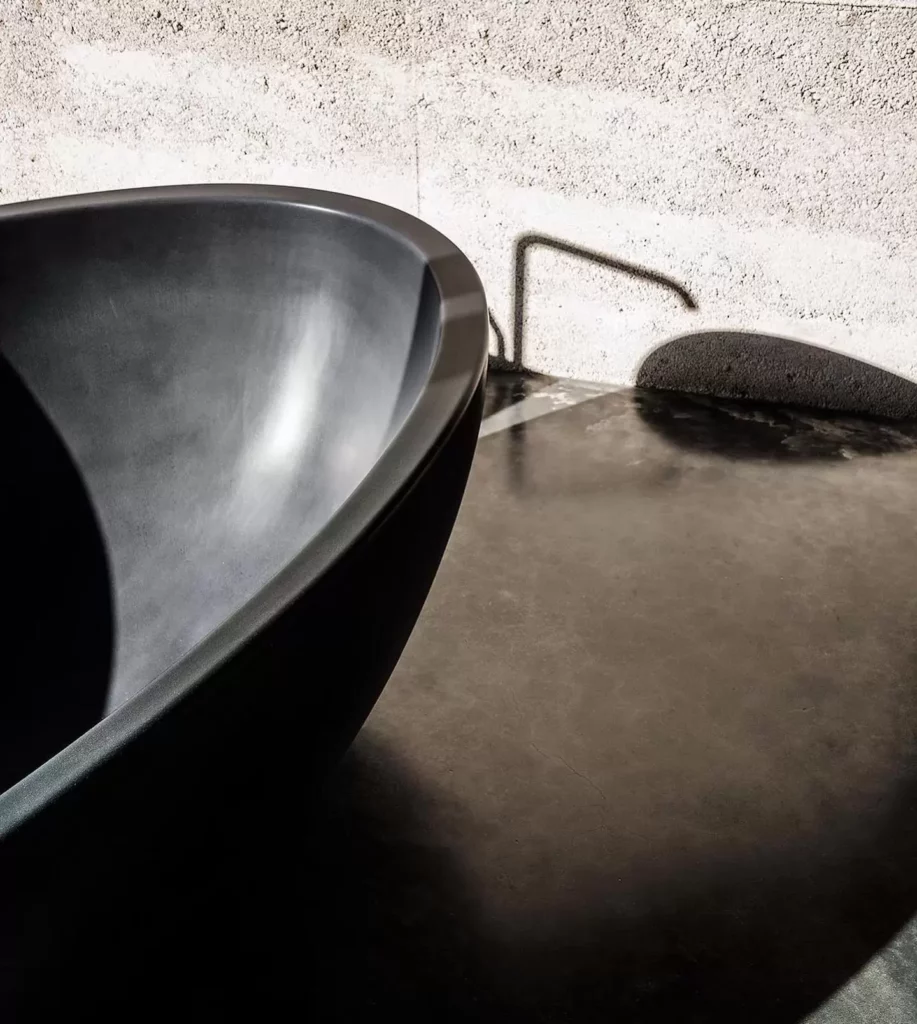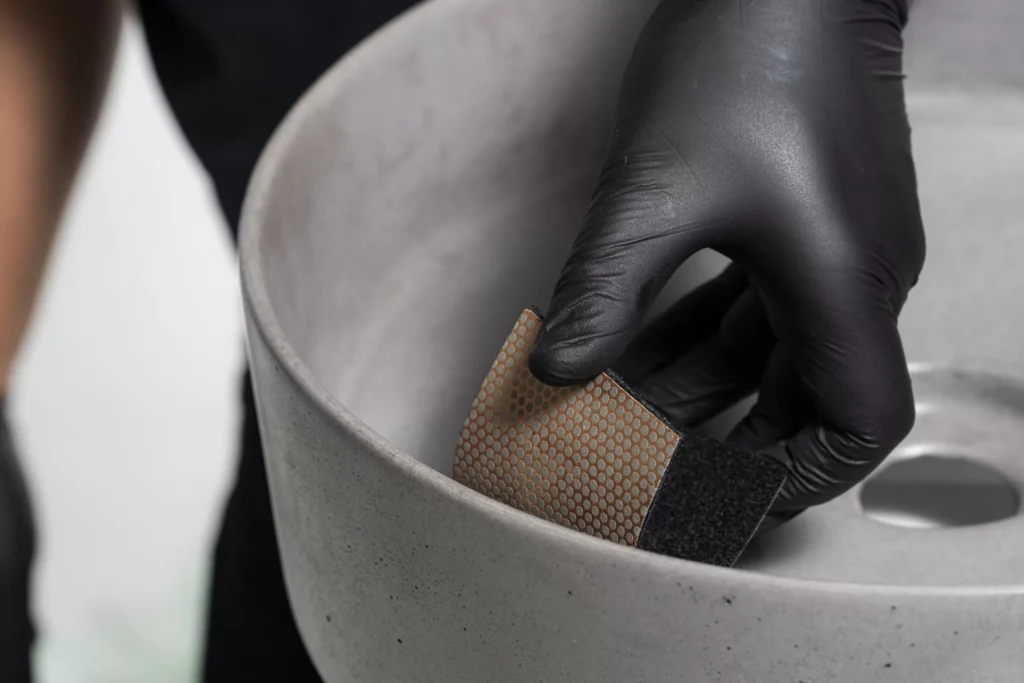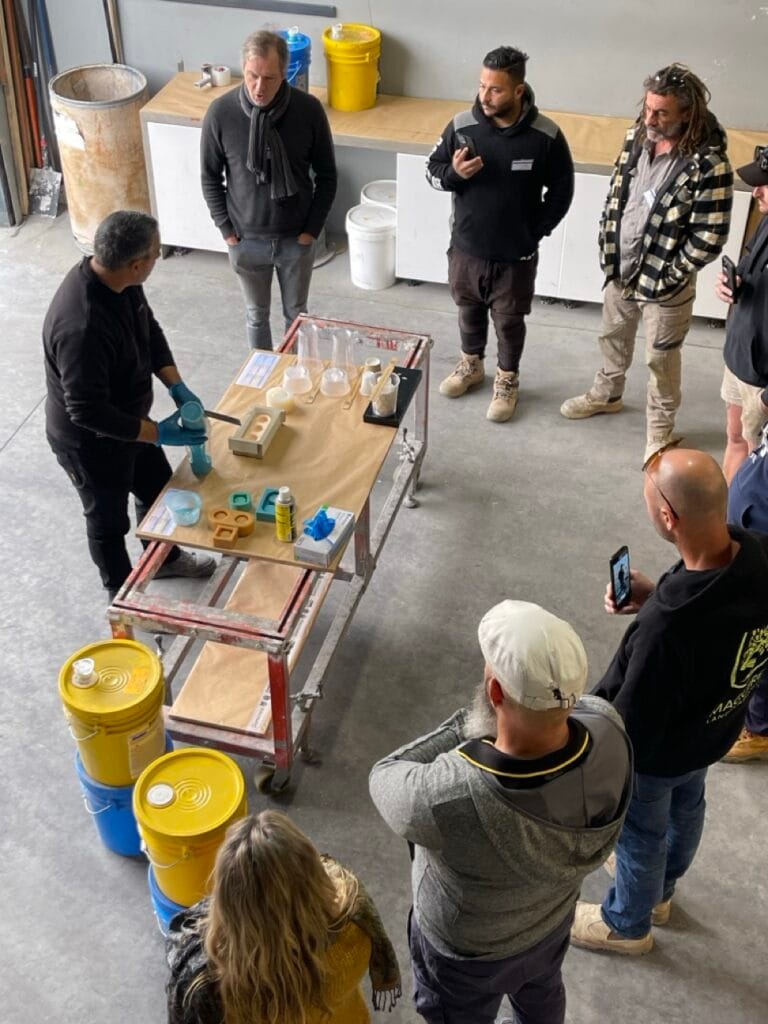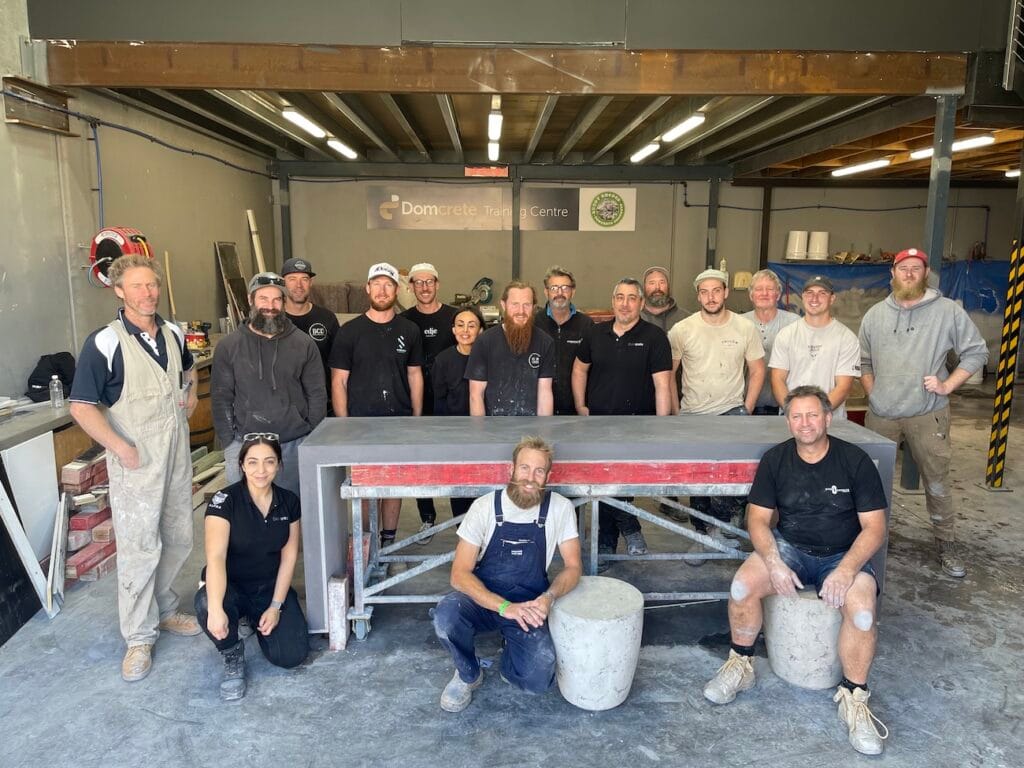
What are Engineered Stone Benchtops?
Engineered stone benchtops are popular in many homes and businesses due to their aesthetic appeal and durability. These benchtops are created from a mixture of crushed stone, typically quartz, and a polymer resin to bind them together. The result is a surface that emulates the look of natural stone but comes with increased strength and stain resistance.
However, these benchtops are not without their drawbacks. While their hard-wearing nature can be seen as a benefit, it can also lead to chipping or cracking if heavy objects are dropped onto the surface. Moreover, there are significant health concerns associated with the production and manipulation of engineered stone benchtops. This is largely due to the high levels of silica dust that can be released into the air, posing serious risks to workers and those nearby.
Health Risks Associated with Engineered Stone
The health risks associated with engineered stone are increasingly coming under scrutiny. The primary concern is the high level of silica dust that can be released during the manufacture and cutting of these benchtops. This can lead to silicosis, a serious and potentially fatal lung disease.
A report from Safe Work Australia has called for a ban on engineered stone due to these health risks. It’s a concern that cannot be ignored and has led many to seek out safer alternatives for their benchtops.
What are GFRC Benchtops?
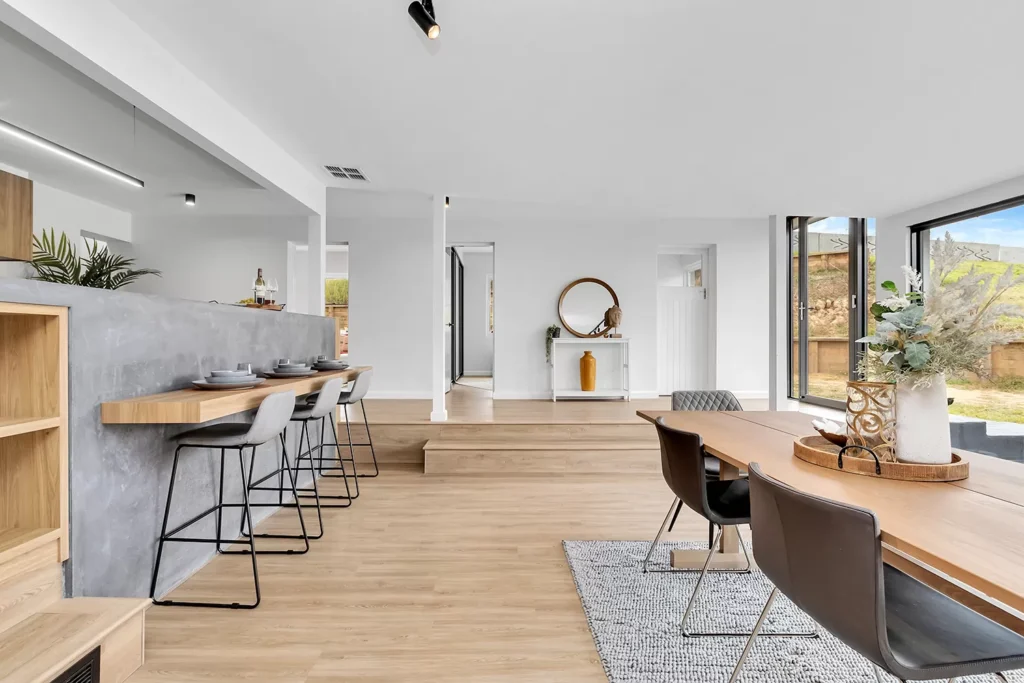
Glass Fibre Reinforced Concrete (GFRC) benchtops offer a compelling alternative to engineered stone. They are a type of high-strength concrete benchtop that incorporates glass fibres for reinforcement instead of steel. The benefits of GFRC are numerous. Not only is it incredibly strong and versatile, but it’s also considerably lighter than traditional concrete or stone benchtops.
GFRC benchtops are also highly customisable. They can be moulded into virtually any shape or thickness without the need for joints, opening up a world of design possibilities. Whether you’re after a chunky edge, a slimline benchtop or a curved edge that integrates with your existing design, the options with GFRC are truly endless.
Why GFRC Benchtops is a Safer Alternative
GFRC benchtops present themselves as a safer alternative to engineered stone. As they are made from a specialised mix design that is free from crystalline silica, they don’t carry the same health risks.
The process of creating GFRC benchtops is also less hazardous. The absence of harmful silica dust in the production means there’s no risk of silicosis, making it a safer choice for both manufacturers and consumers.
Comparing the Aesthetic Appeal and Functional Benefits
Both engineered stone and GFRC benchtops offer aesthetic appeal, but they each have their unique characteristics. Engineered stone benchtops are prized for their sleek, polished finish and consistency, while GFRC offers a more organic, bespoke aesthetic.
In terms of functionality, both materials are durable and hard-wearing. However, GFRC benchtops have the added advantage of being lighter in weight and more versatile in design. They can be moulded into almost any shape or size without requiring joints, providing greater design flexibility.
The Environmental Impact
When considering the environmental impact, GFRC benchtops certainly have the upper hand. They are made from a mix design that is Australian-made and silica-free, reducing the risk of harmful dust emissions. Additionally, the lightweight nature of GFRC means less material is required, further reducing its environmental footprint.
Engineered stone benchtops, on the other hand, involve a significant amount of energy in their production and can lead to harmful dust emissions, posing environmental challenges.
The Benefits of GFRC for Kitchen Benchtops
When it comes to kitchen benchtops, GFRC offers a host of advantages that cater to both functionality and aesthetics.
Design Versatility
One of the primary benefits of GFRC is its design versatility. With GFRC, the design possibilities are truly endless. Whether you prefer a chunky edge for a modern look, slimline benchtops for a sleek finish, or a curved edge that integrates with the soft lines featured in current design trends, GFRC can achieve it all.
Customised Architectural Finishes
Beyond the shape and size, GFRC allows for architectural finishes that can be customised to your specific design and style. With GFRC, your benchtop will be completely bespoke, tailored to your personal aesthetic and the overall design of your kitchen.
Silica-Free Solutions
Health and safety are paramount, and GFRC addresses this with its range of silica-free benchtop solutions. Unlike engineered stone, GFRC is free from crystalline silica, eliminating the associated health risks.
Australian Made Mix Design
GFRC benchtops are made from a mix of design that is Australian-made, ensuring quality and supporting local industries.
Mouldable and Joint-Free
GFRC is an advanced low-porosity material that can be moulded in a wide range of shapes and thicknesses. This eliminates the need for joins, resulting in a seamless and more aesthetically pleasing finish.
Exploring GFRC Benchtops
GFRC provides an innovative and safer alternative for kitchen benchtops. With its design flexibility, customised finishes, silica-free composition, Australian-made quality, and mouldable nature, it’s a choice that combines style, safety, and sustainability.
We encourage anyone considering a new benchtop for their home or business to explore the benefits of GFRC. With its endless design possibilities, robust nature, and absence of harmful silica, it’s a choice that marries style, safety, and sustainability. For more information on our range of silica-free benchtop solutions, don’t hesitate to get in touch.
